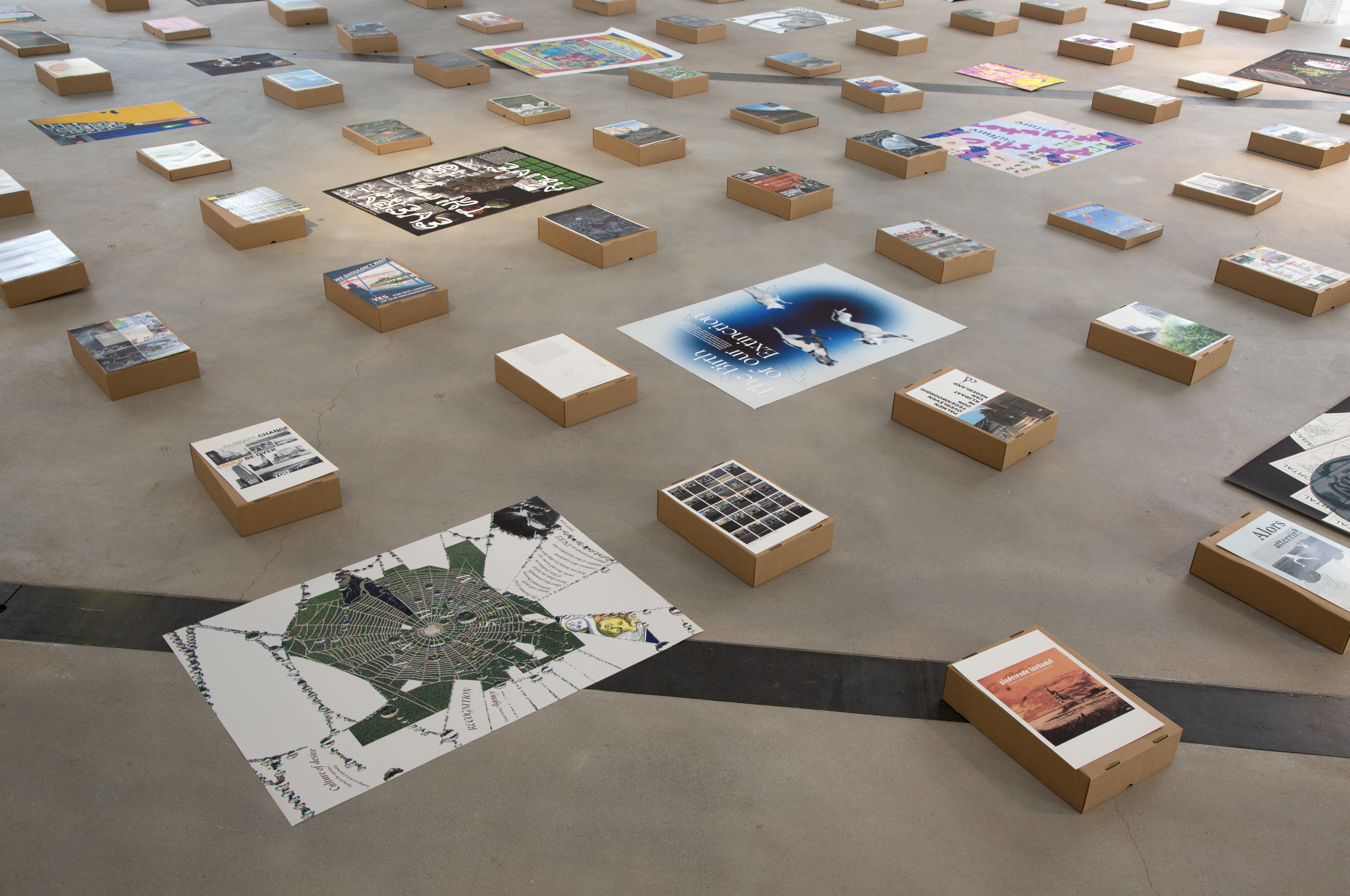DOMOS
& THE EARTHLING SERIES
2020-2021How can I practice ‘neighborliness’? This was one of the questions I developed during my Research Inquiry class after reading Anna Tsing’s text “A Mushroom at the End of the World”. The word ‘neighbor’ is charged with the possibility of a place for relationship building. And what kind of relationship have we been nurturing with the non-human? Is it one of commensalism, symbiosis, mutualism or mastery? Where and how far should I start looking?
There is a certain colonial connotation to the word ‘Domestication’, a narrative of conquest ‘over’ nature by taming the wild. And naturally, by opposition, the byproduct of this action will be the notion of ‘Artificial’. What role does art play (as its part of the etymology of the word) in the construction (and deconstruction) of this plot?
As a starting point I investigated one of my most ‘domestic’ activities: that of bread making. In the process I began to see and play with a correlation between the development of human civilization to the agriculture of wheat. The process of fermentation of yeast (which feeds non stop on the sugars present on the dough making it rise) is in an almost ridiculed way comparable to the constant unsatisfied drive of human’s consumption of natural resources.
At the end of the day we are what we eat right?
~animation done with Unity~
![]()
Centered around the subject of the “Anthropocene”, the grids of this poster serie reflect the morphology of the writer’s axioms - mapping the structure of their worldview.
EXHIBITED AT
![]()
“These (...) moments of recognition, in which it dawns on us that the energy that surrounds us (...) animating our vehicles and illuminating our rooms, is an all- encompassing presence that may have its own purposes about which we know nothing.”
-The great Derangement by Amitav Gosh
There is a certain colonial connotation to the word ‘Domestication’, a narrative of conquest ‘over’ nature by taming the wild. And naturally, by opposition, the byproduct of this action will be the notion of ‘Artificial’. What role does art play (as its part of the etymology of the word) in the construction (and deconstruction) of this plot?
As a starting point I investigated one of my most ‘domestic’ activities: that of bread making. In the process I began to see and play with a correlation between the development of human civilization to the agriculture of wheat. The process of fermentation of yeast (which feeds non stop on the sugars present on the dough making it rise) is in an almost ridiculed way comparable to the constant unsatisfied drive of human’s consumption of natural resources.
At the end of the day we are what we eat right?
~animation done with Unity~
EARTHLING SERIE I

Centered around the subject of the “Anthropocene”, the grids of this poster serie reflect the morphology of the writer’s axioms - mapping the structure of their worldview.
EXHIBITED AT

“These (...) moments of recognition, in which it dawns on us that the energy that surrounds us (...) animating our vehicles and illuminating our rooms, is an all- encompassing presence that may have its own purposes about which we know nothing.”
-The great Derangement by Amitav Gosh




Photos 1) & 2): Poster based on Toxic Progeny: The Plastisphere and Other Queer Futures by Heather Davis.
Photos 3) & 4): Poster based on This Changes Everything: Capitalism vs The Climate by Naomi Klein.
EARTHLING SERIE II


Photo 6): Poster based on a recalled conversation with Isabelle Stengers by Donna Haraway (Staying with the Trouble).